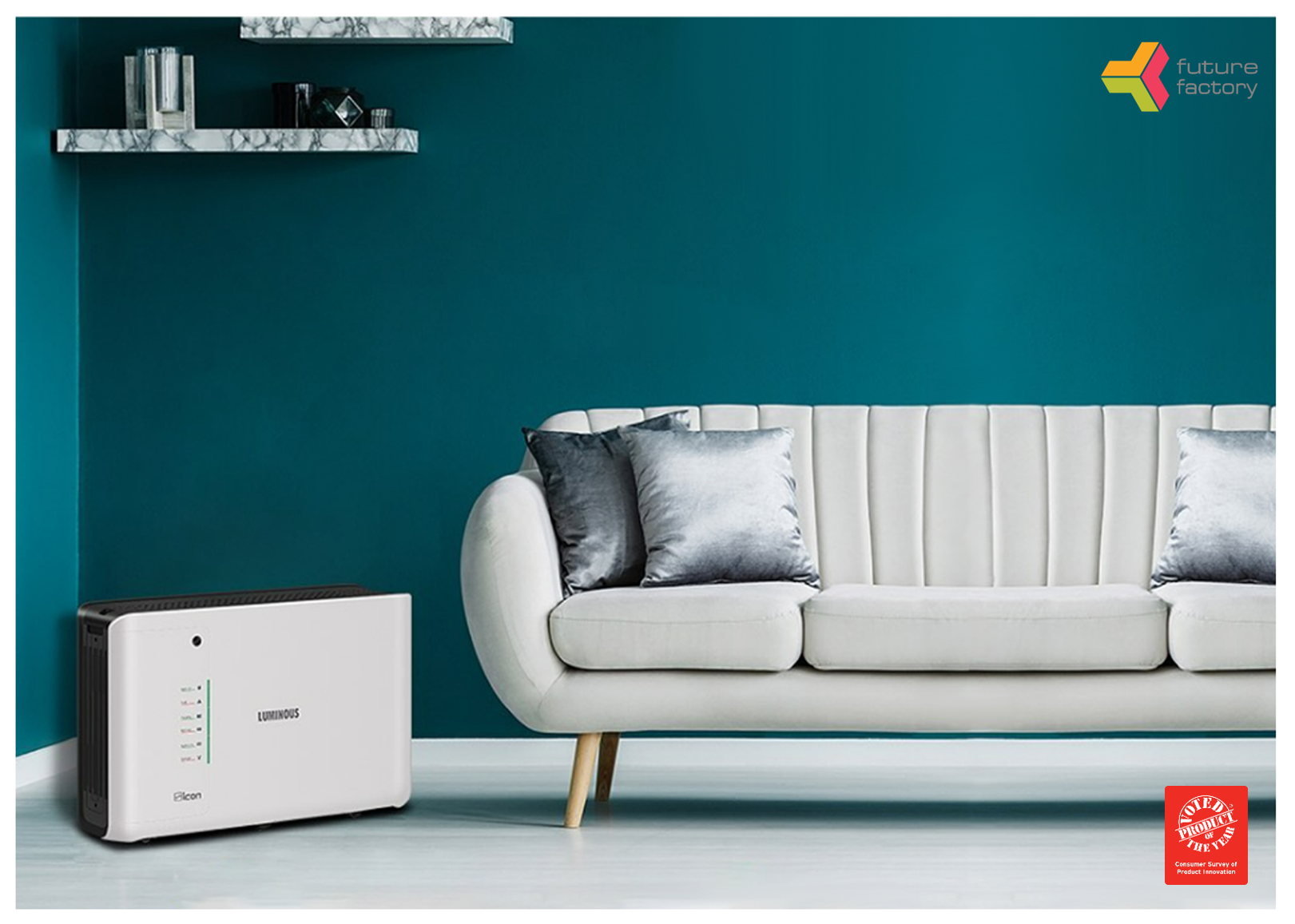
India’s electricity shortage is at its peak. In April 2022, the electricity supply fell by 1.6% or 1.88Bn units, the worst monthly shortfall in the last six years. At the same time, the Indian Inverter market is forecast to cross $720Mn by 2023. When you tie these two independent statistics together, you can tell there is a dire need for power backup solutions for modern homes or, simply put, inverters. However, the current inverter market is filled with clunky, inelegant solutions and hence it needed a jolt of innovation.
Enter the Luminous ICon.
Conceived and designed by Future Factory - an award-winning design studio - this inventive inverter redefines the whole category
| Project | Icon |
| Industry | Home Electricals |
| Scope |
|
We created the ICon for Luminous - already an established market leader (1 in every 8 Indian households uses a Luminous Inverter/Battery) - by building up the courage to disrupt the winning formula and breaking the norms. It was challenging because Future Factory -- despite our industrial design expertise -- had to reposition the product offering for a brand that has a storied legacy of making inverters. We couldn’t have just made a subliminal design change and called it a day.
To make good of this opportunity, we decided to shake the entire industry with an entirely new and innovative product design.
After initial rounds of discussion with Luminous, our design research team started out by outlining the key objectives for this project:
All this effort culminated into the ICon - a completely unique inverter design with an integrated battery enclosure, trolley, internal wiring, safety functions, refilling unit and, most importantly, a streamlined, modern, and elegant design which blends with any modern-day interior.
We managed to elevate the traditional “industrial device” look of an inverter into one that’s a more approachable appliance-like form factor.
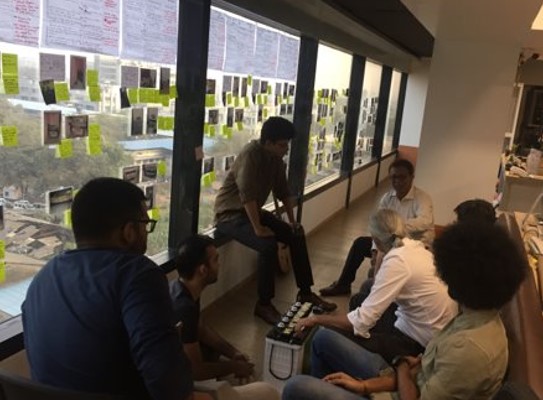
In design parlance, we utilized a User Led/User Backward approach instead of going for a Flat Product Design approach where we’d have to only look at the aesthetics of the exterior. Unlike many design studios that directly jump into the design of a product without taking any user inputs, we at Future Factory were focused on capturing the user's unmet and unexpressed needs very early in the whole process.
It started with conducting extensive research by visiting individual houses using an inverter across the country. Our team of researchers, accompanied by designers, conducted an ethnographic study of over 50 households across 3 cities. The primary research objective was to understand the current pain points of inverter users by exploring the current inverter setup and unearth the shortcomings of the installation and usage. Our design research process was not merely a questionnaire but a comprehensive study of the user and understanding their most basic problems.
What we learnt is that most inverters sold in India are sold as a system which includes: the inverter unit, a separate battery unit, and a cluster of wires. We identified four major design-related issues:
Tightening the research analysis is our Retail Immersion process, where our research+design team visits many retail stores selling inverters. We understood that when it comes to choosing and making the purchase decision for a new inverter, the dependence on the retailer is very high. The whole purchase decision is also highly localised. Typically, buyers tend to enquire with their immediate neighbors about a reliable inverter retailer around the area.
These retailers are clued into the specific electricity needs and issues of the area. For example, in the state of Uttar Pradesh in India, Noida, a developed city, might have to face fewer outages as opposed to a slightly more semi-urban city like Bareilly or Mathura. The retailers then evaluate the size of the family, the proposed usage, and suggest an inverter setup accordingly.
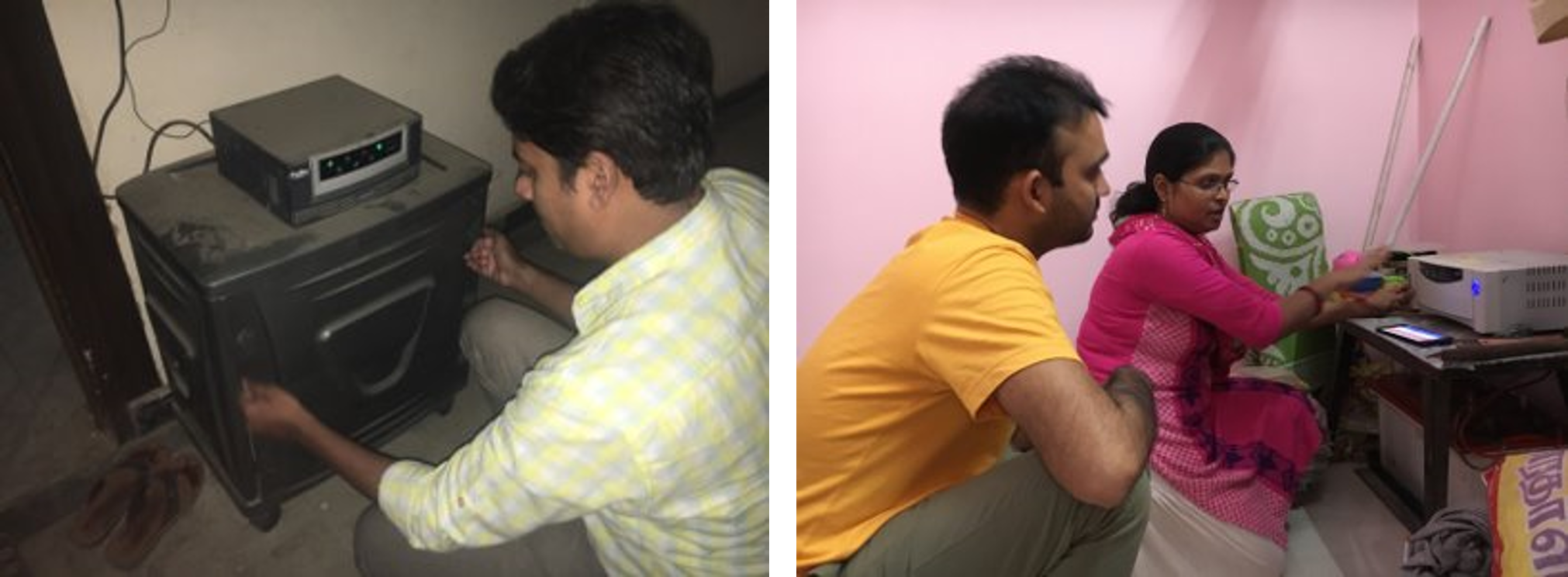
Our designers at Future Factory ideated around the aforementioned concerns to create the Industrial Design (ID) for the ICon. We worked on an integrated design that would encapsulate the entire system into one product. We zeroed down on the ergonomics, assembly, installation, and usability of a completely new-gen inverter. Design mocks were created to understand the market fit and the scale it can achieve with this new design. And thus was born the Luminous ICon.
The ICon is a Pure Sine Wave inverter with an integrated battery and attached wheels to easily move it around the house like a trolley. Moving large batteries was also a cumbersome task in the traditional inverter system but the ICon is built for mobility.
There are no open wires either making it safe for children. The centre of attraction has to be the two-tone - Black and White - ID, which is definitely an iconic (pun intended) look. The minimal White exterior includes user-friendly LED indicators as well. The recessed battery compartment is protected by the Black railing-like design with ridges.
With this design, we solved the problem of conventional inverter design. The ICon is easy to install, looks minimalistic and elegant, requires comparatively lesser space, and can be moved around the house easily.
It also solves the basic problem of refilling water, which is otherwise a painful process in a traditional inverter. The process is pretty straightforward on the ICon, which also avoids spillage to a large extent.
ICon gives customers a strong reason to upgrade now. Not only because of the beautiful yet convenient integrated solution that we designed but also because it reduces your reliance on placement and installation issues. It's no wonder then, that we have who's arguably India's most popular and celebrated cricketer, Sachin Tendulkar, endorsing the Luminous ICon.
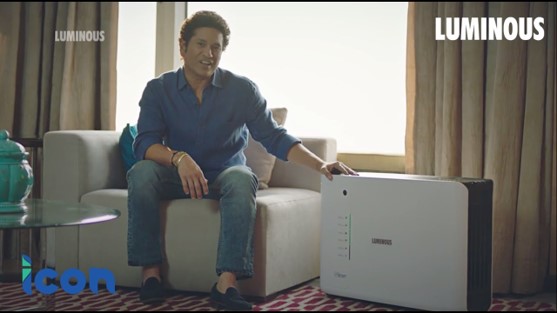
Designing the ICon required a lot of courage to challenge conventional norms. We had to work on an entirely blank slate as there was no precursor to this unique design that we had ideated. Our technical expertise and knowledge came in handy as we embarked on a journey to design an inverter with an integrated heavy-duty battery and make it good-looking too.
While designing a product another key factor to consider is the cost analysis for the specific industry.We have to ensure that our product doesn’t become inaccessible to accommodate innovation.
As for the space that the ICon belongs to, the Home Electricals industry works on certain cost margins and cost conversion standards. There is an unwritten rule which advocates that a brand should not upset this equilibrium as it could disrupt the supply chain and the profitability metric defined for this specific industry. Unlike a high-margin industry like Digital Products (Televisions, Wearables, Smartphones, etc) where you have a high tolerance for cost, fixed-margin Home Appliances (Geysers, Refrigerators, Fans, Inverters, etc.) work on a fixed Bill of Materials (B.O.M).
At Future Factory, we’ve built an entire ecosystem around research and product development which helps us work around these limitations, and our design team factors in the implication of cost while proposing concepts to the engineering team. Our design engineering team applied the concept of Frugal Engineering to build the ICon. We stuck to the existing B.O.M but, at the same time, we re-invented newer ways to look at costs. We focused on value engineering rather than singular cost optimisation. Unlike popular notion, Frugal Engineering cannot be equated to Jugaad (makeshift) Engineering. To design the ICon, it takes all partners in the supply chain to work together by translating and designing the cost imperatives together.
In fact, we travelled to South Korea, Taiwan, and China to build the specific tooling required to bring our engineering excellence to a product like the ICon. We finalised on South Korea and coordinated with the Korean tool partners. Together, we made the pilot assembly and completed the final design sign-offs. Once that was done, we zeroed down on the Colour, Material, and Finish (CMF) of the ICon.
It was our focused commitment towards the Design for Manufacturing (DFM) approach that allowed us to integrate ourselves into the entire tooling process and offer help even at the tail end of the project.Very rarely do design agencies go this extra length. Future Factory is a complete outlier and trendsetter in that regard.
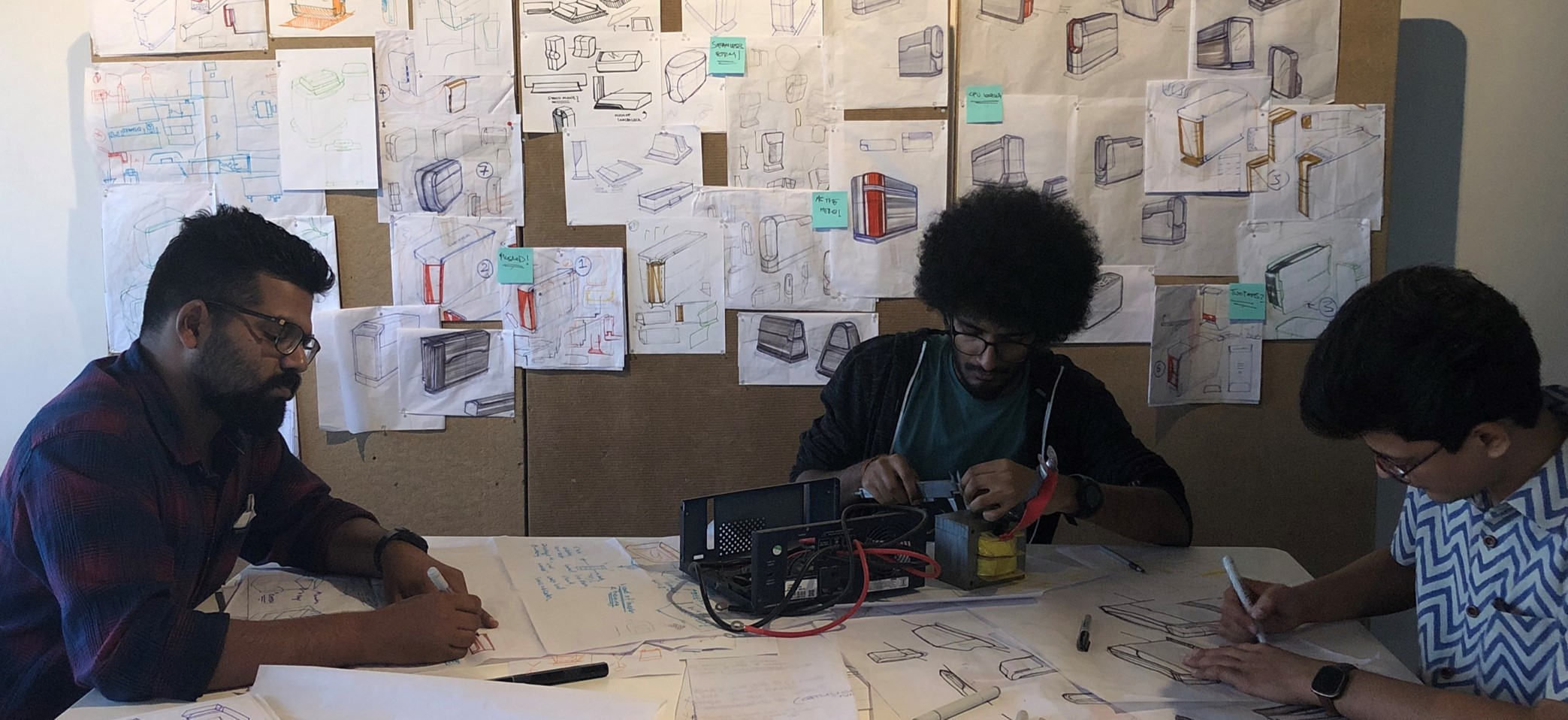

All these efforts paid off when Luminous ICon was adjudged Product of the Year 2022, by the world’s largest consumer-voted award for Product Innovation. This award is an important indication that Product Design requires a high degree of risk-taking capabilities. The award also issues a clarion call for every brand to invest in fostering and enabling a design-forward approach. And, it helps to work with a partner like Future Factory to be able to create that differentiation and an edge over the competition.
Luminous recognized our work and awarded us for our design spirit further adding a fillip to our industry recognition and peer standing.
The next time a friend or a family member is buying a new inverter, you know where to direct them - the Luminous Icon 1100. There’s no better validation than installing our innovative design in every household in India.
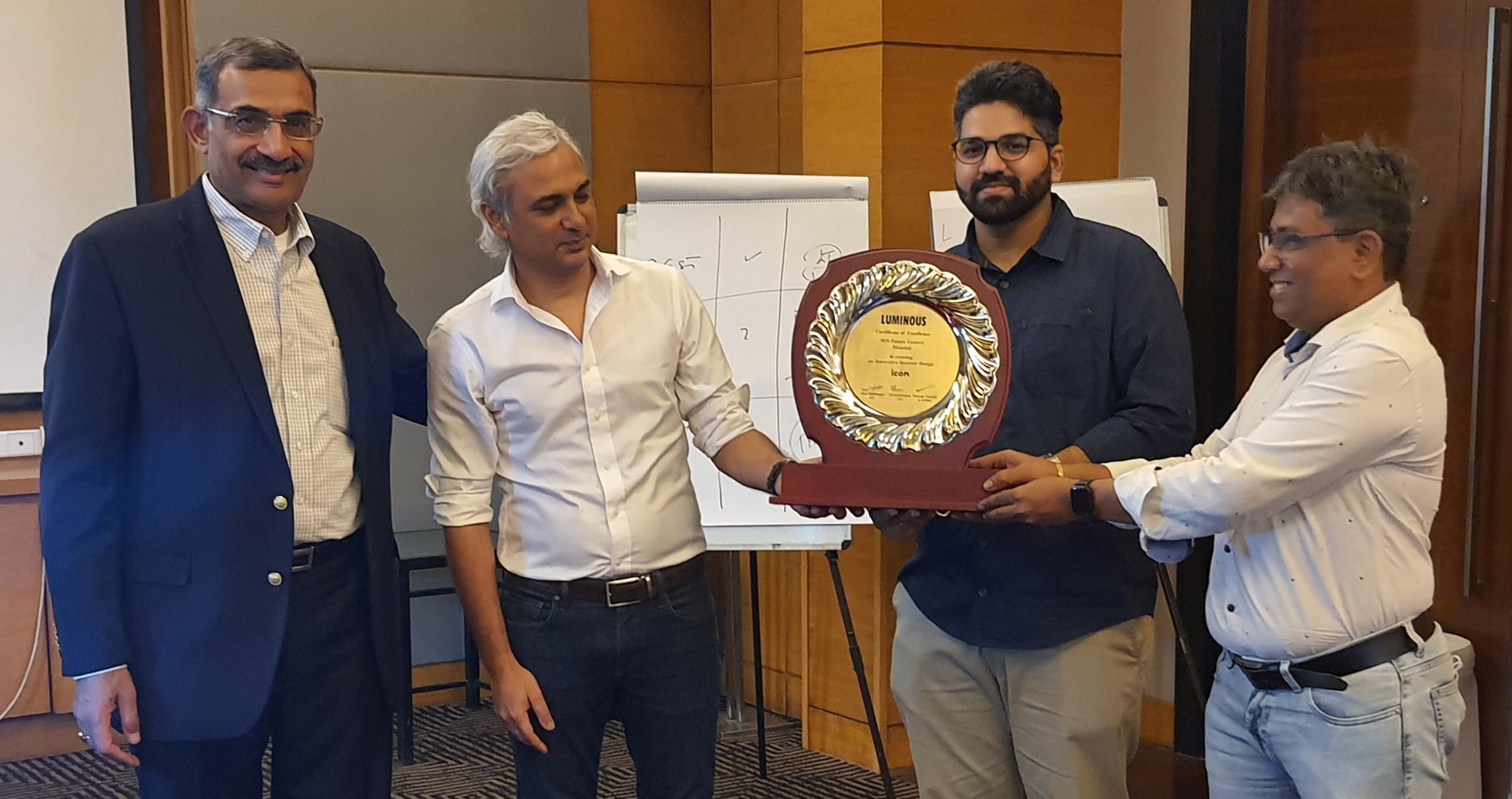
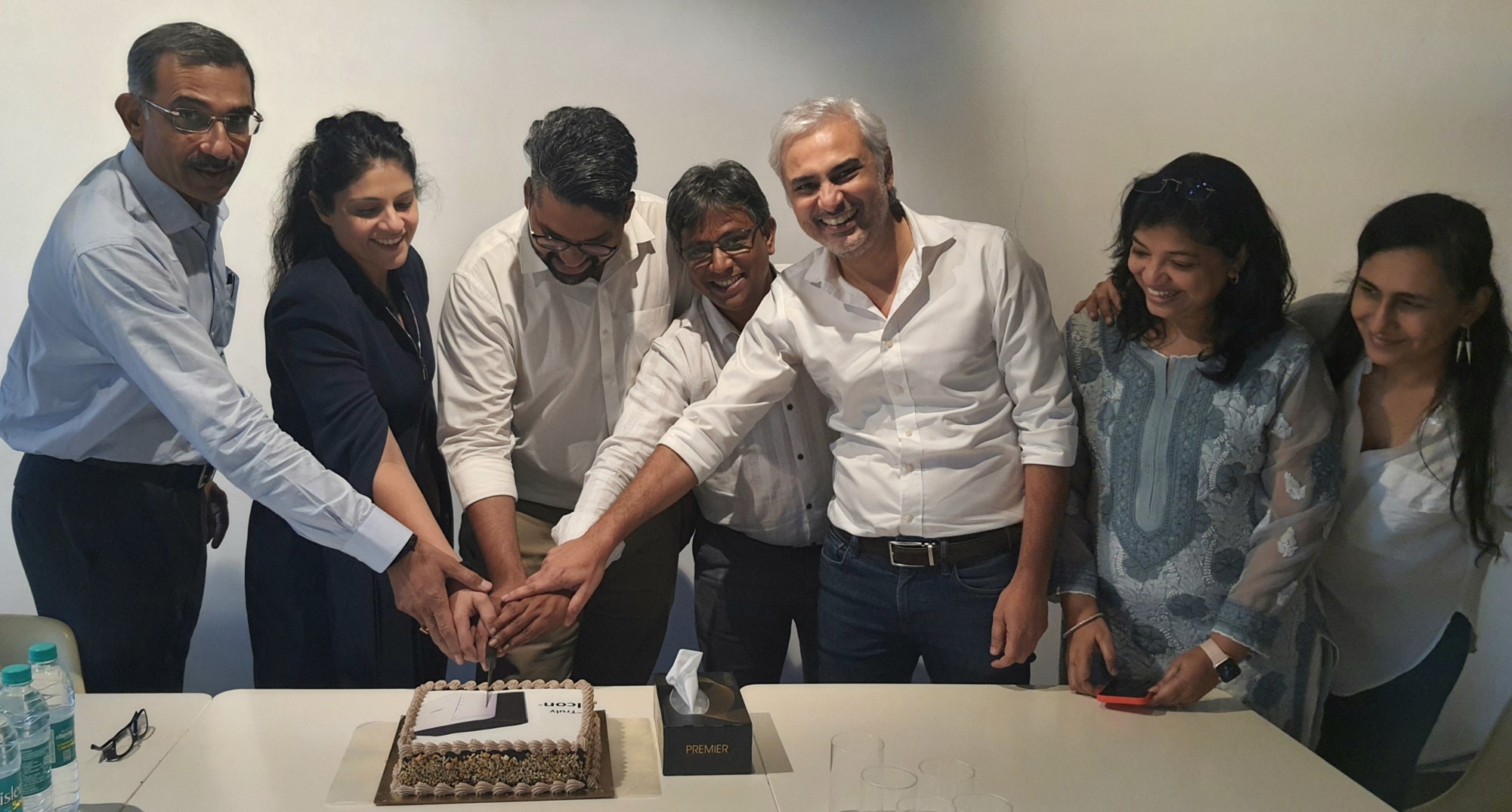
Future Factory helps deliver business impact through design. Contact us for more information on how we can help.
Do you want to create transformation change through design? Read more about open positions.
We actively engage in conversations and help build interesting points of view. Sign up to join our community.